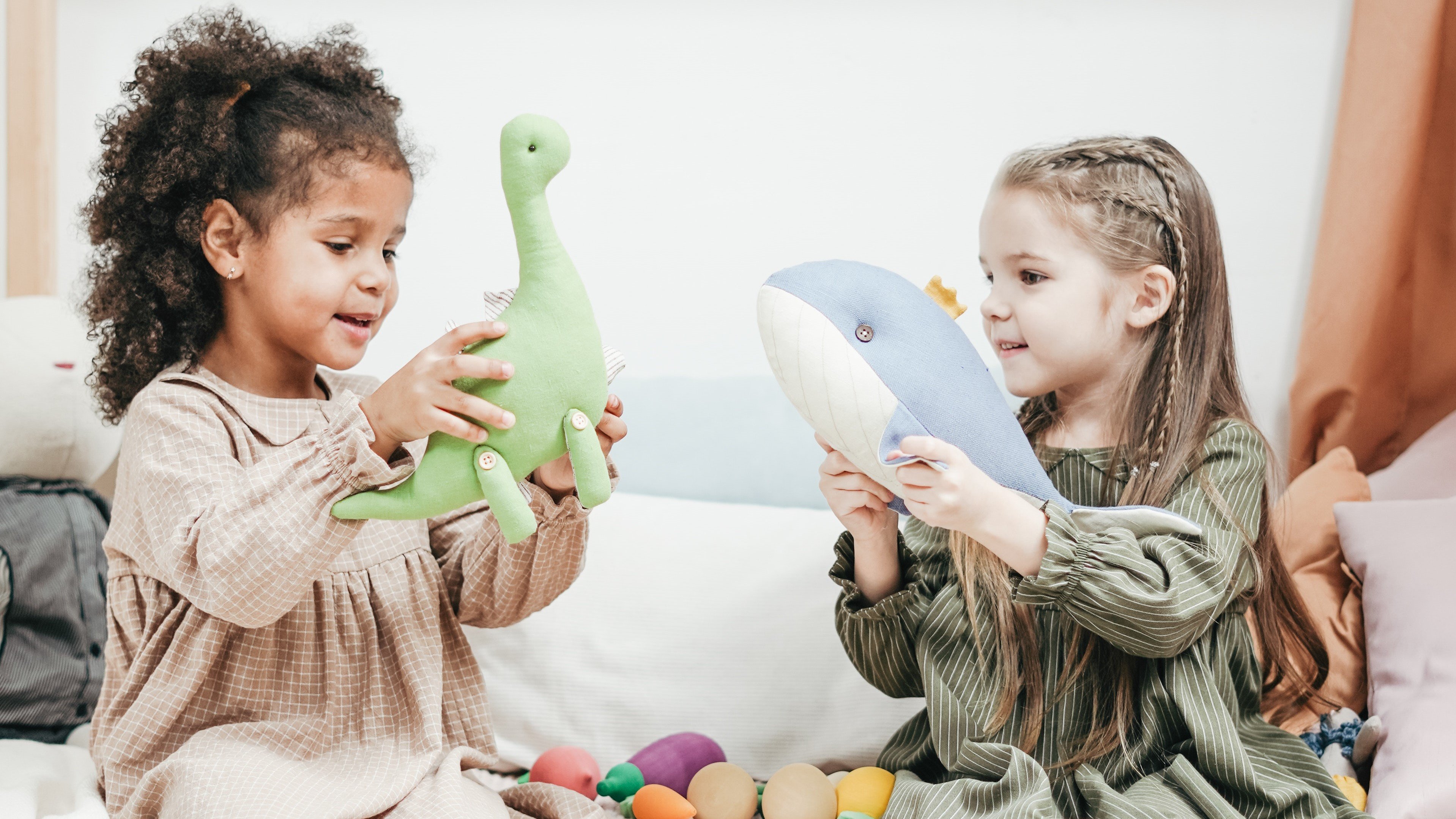Talk moves/dialogic moves
Talk moves or dialogic moves are suggestions for ways to respond to an utterance and can serve as tools in productive conversations.
Talk moves are a set of actions that the teacher or the adult can use in a conversation with a child to promote the child’s further exploring of a theme.
Chapin et al. (2009) suggests five talk moves that teachers can use when responding to a group of answers or initiatives in a conversation with children or students. The talk moves are developed for classroom teaching, but they are also applicable for early education teachers or any adults talking with children as alternative responses to make progress in conversations about science. Remember to adapt the moves to the children’s age and prior knowledge of language and content in focus.
Chapin’s talk moves include:
Revoicing
If the adult has problems understanding what the student/child means, it is a good idea to revoice what was said. Example: “So you’re saying that …” and go on to express what you think the child meant, using the most precise and correct terms possible. Revoicing has several functions: It will contribute to clarifying the child’s thoughts, it will help any other listeners understand the contribution from the child, and it can position the child as an important contributor to the conversation.
Repeating
The teacher can ask a child to repeat something said by someone else. Example: “Can you repeat (in your own words) what Peter just said?” Potential benefits from this talk move are to slow down the pace in the conversation and to secure that everyone perceived what was said, so that they can participate in the rest of the conversation.
Reasoning
In this case the adult is asking the child to apply their own reasoning to a statement, or a point of view stated by themselves or someone else. Examples: “Why do you think that?” or “Do you agree or disagree with X, and why?” The benefit from this talk move is to clarify the thinking behind statements or views and make explicit how different utterances are connected in logical chains. It can also make the child engage in a conversation and explore other possible points of view on the subject.
Adding on
The adult can ask the children if they have something to add to what someone has said. By using this talk move, more children can contribute to the conversation, and it can also supplement the reasoning mentioned above, when more points are added to the same theme of conversation.
Waiting
Adults often tend to move on hastily if their questions aren’t answered fast enough, or with the anticipated response. By using wait time and letting the children think or reason before they answer, you achieve at least two goals: More children will have a contribution to the question, and the answers to the question will be more detailed and better sustained.
In addition to being a useful tool in your own conversations with children, this list of talk moves can serve as an analytic tool if you are analysing video or audio recordings of your own conversations with children, as we suggest that you do in this exercise. Awareness of how your own contributions to the conversation work is an invaluable aid to becoming a good and conscious conversation partner.

